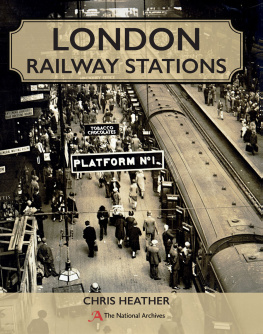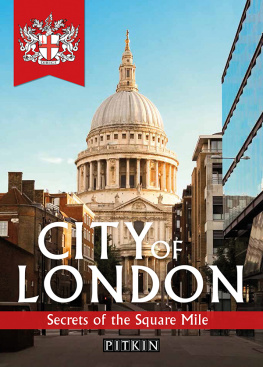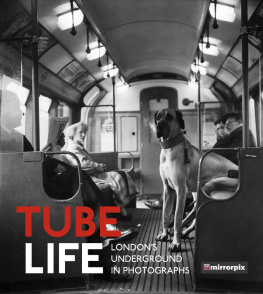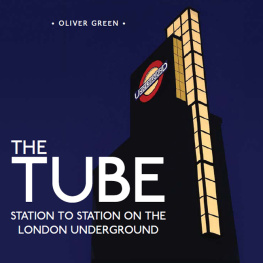
This ebook is copyright material and must not be copied, reproduced, transferred, distributed, leased, licensed or publicly performed or used in any way except as specifically permitted in writing by the publishers, as allowed under the terms and conditions under which it was purchased or as strictly permitted by applicable copyright law. Any unauthorized distribution or use of this text may be a direct infringement of the authors and publishers rights and those responsible may be liable in law accordingly.
Copyright Paul Talling 2019
Cover photographs Paul Talling
Cover image: Workhouse Chapel, Dartford DA1
Paul Talling has asserted his right to be identified as the author of this Work in accordance with the Copyright, Designs and Patents Act 1988.
First edition published by Random House Books in 2008
This edition published by Random House Books in 2019
Cornerstone
20 Vauxhall Bridge Road
London, SW1V 2SA
www.penguin.co.uk

Cornerstone is part of the Penguin Random House group of companies whose addresses can be found at global.penguinrandomhouse.com.
A CIP catalogue record for this book is available from the British Library
ISBN 9781473560239
Contents

Introduction
Early one morning in 2003, while walking home from a nightclub, I witnessed the demolition of an old candle factory in Battersea. Watching such a historic building being reduced to dust made me reflect on Londons industrial past and seeing its subsequent rebirth as a block of flats raised questions about the future. Perhaps, I wondered, derelict buildings can offer a unique insight into how London is changing.
Soon, my passing interest in derelict buildings developed into a full-blown obsession. I took to wandering the streets with a camera, documenting the abandoned spots I had never noticed before. And I set up a website, derelictlondon.com, where readers could write in with their memories of neglected buildings within (and sometimes just outside) the M25. It was an unexpected hit, and in 2008 I compiled some of the most popular destinations in a book the first edition of Derelict London.
Since then, London has changed beyond all recognition. Formerly run-down areas have reached the height of cool, whereas once-proud buildings have fallen victim to the wrecking ball. It is time for a book that brings the tale of derelict London up to date.
This new edition features buildings from the first edition that remain derelict the poor old Georges Diner in Silvertown, and the neglected VIP Garage in Limehouse, for example. It also tells the story of a number of buildings whose fortunes have been transformed since 2008 (they have been turned into luxury flats with depressing consistency). Above all, it celebrates derelict buildings that have never been featured in print before: from a legendary pie and mash shop in Shepherds Bush, to a hunting lodge used by King Henry VIII.
My hope is that each one of these buildings offers a glimpse into a side of London that has, for now, been lost to history. Together, their stories show that Londons derelict buildings deserve to be celebrated just as much as its new ones.
Im always on the lookout for derelict buildings that I might have missed. To tip me off, or to find out about my guided walking tours of derelict London, please email paul@derelictlondon.com.
Paul Talling
January 2019
About the Author
Paul Talling first became interested in derelict buildings in 2003, after witnessing the demolition of an old candle factory in Battersea. Later that year, he set up derelictlondon.com, a website that collects photos and stories of the capitals abandoned spots. Since then, the website has received 2 million views, won numerous awards, and been described by the Daily Telegraph as Britains shabby Pevsner. In 2008, Paul published the bestselling first edition of DERELICT LONDON to widespread acclaim.
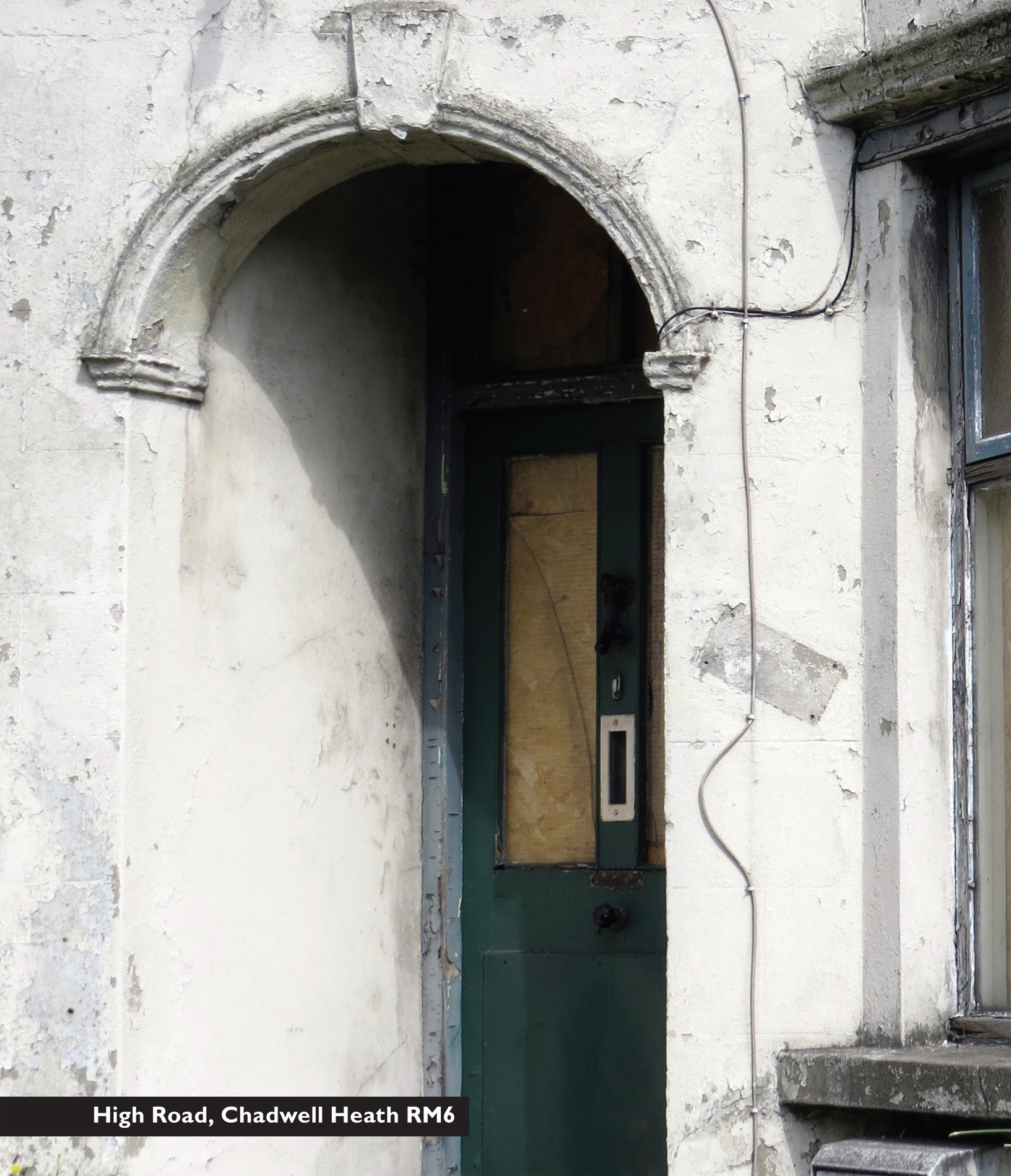

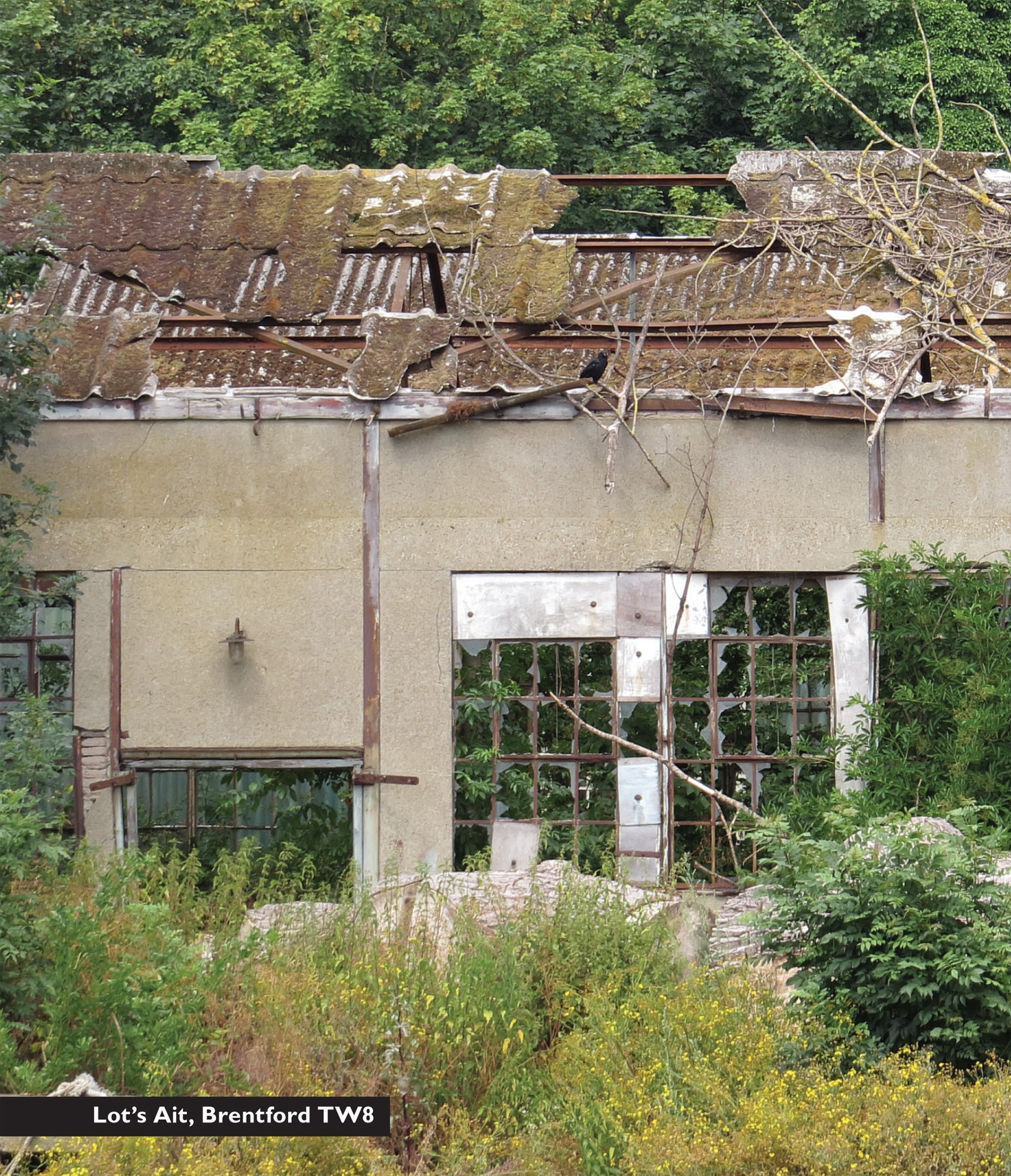
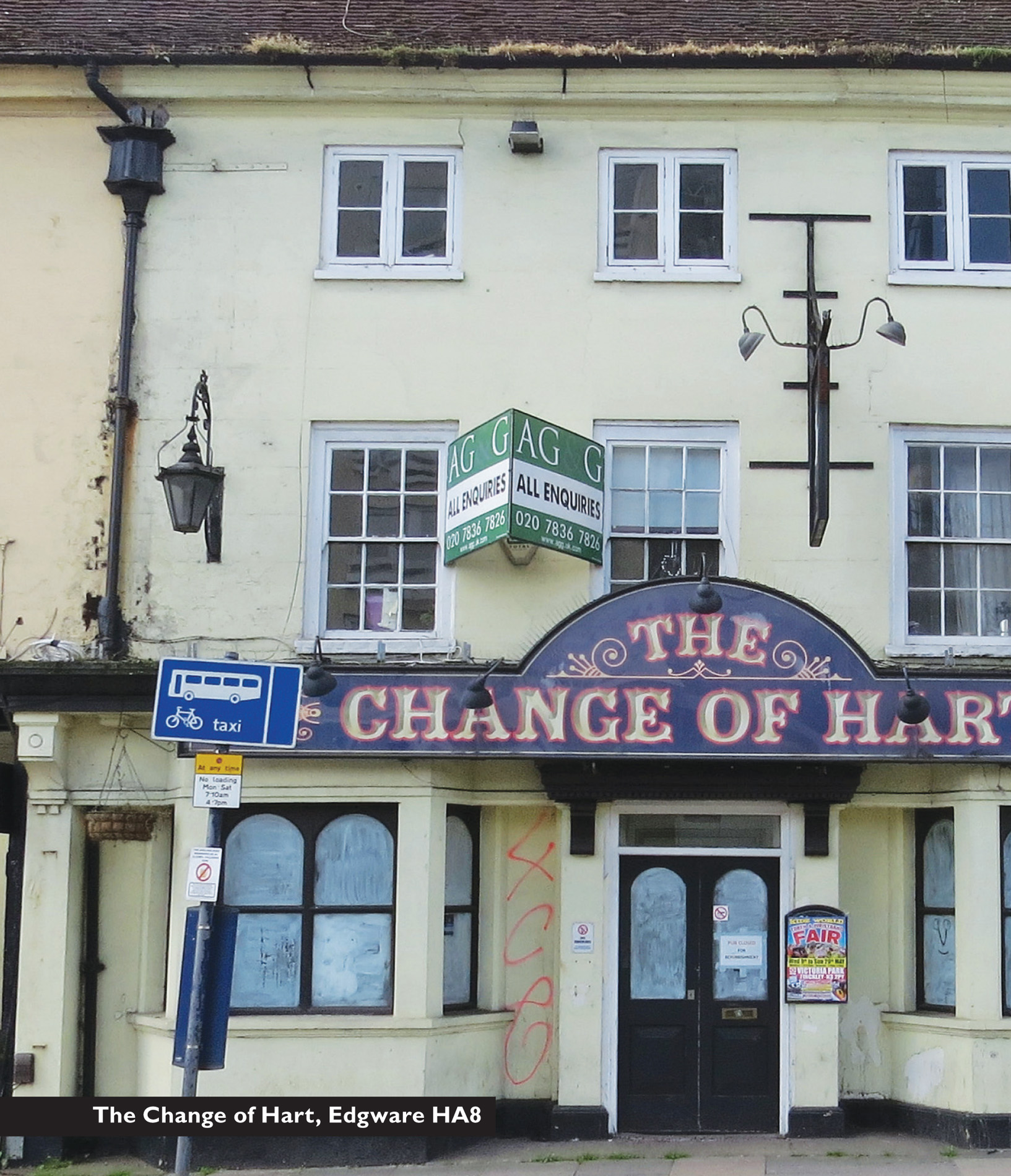
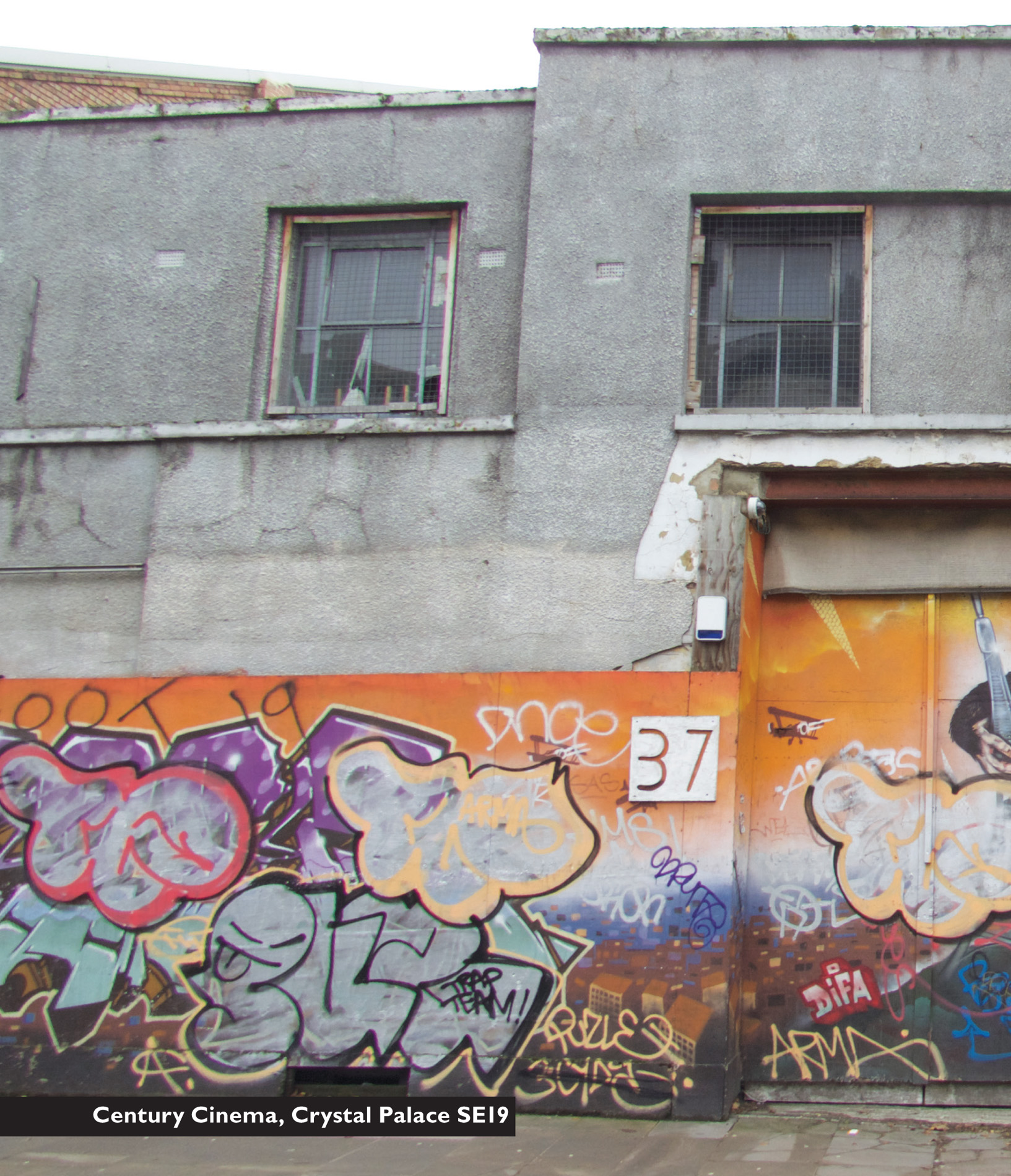
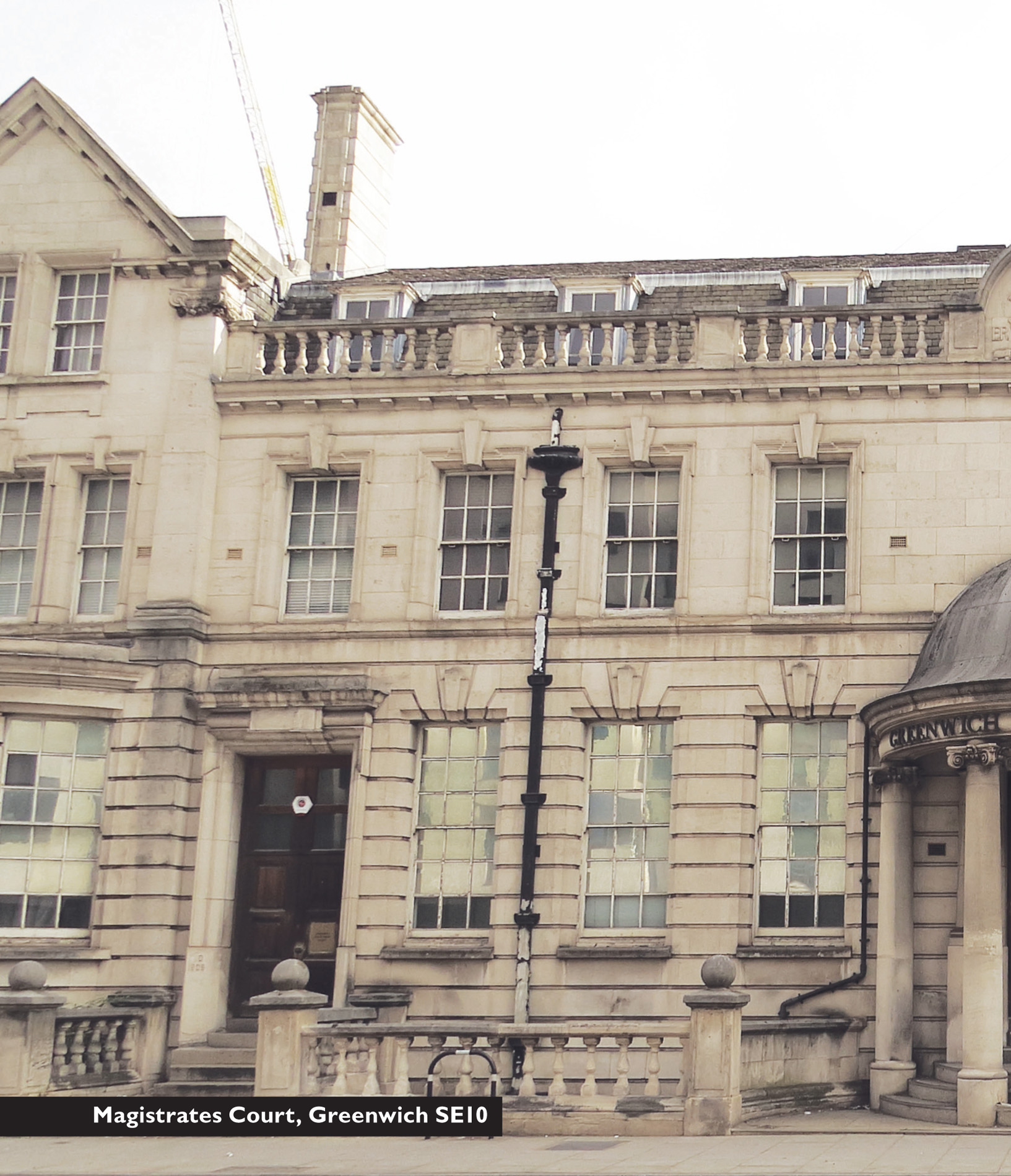
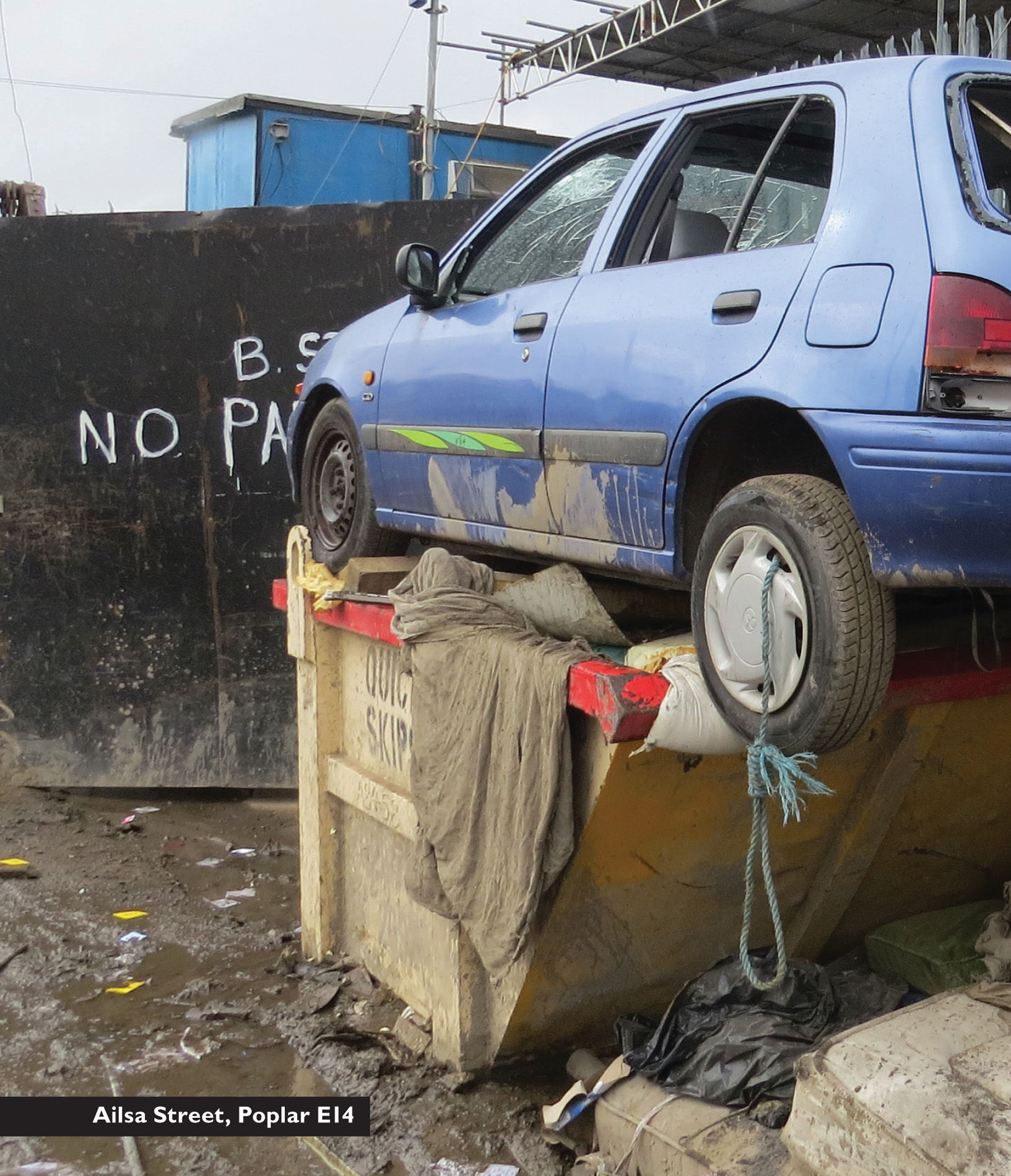
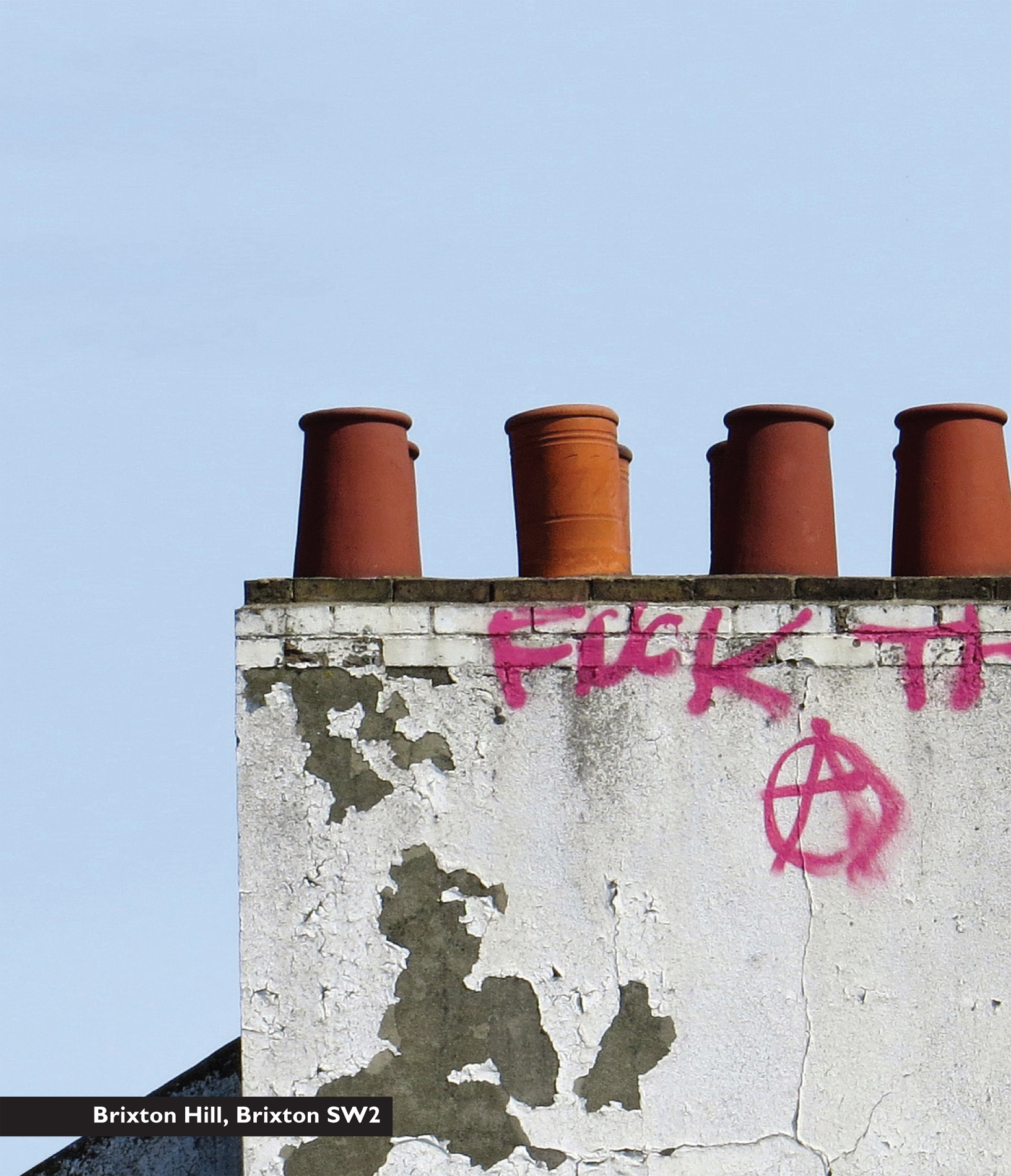


The Bishops Avenue Hampstead N2
The Bishops Avenue is one of Londons grandest streets. Named after the Bishops of London, who once owned much of the surrounding area, it was sold to private developers in the early twentieth century. Former residents include entrepreneur Sir Billy Butlin, actress Dame Gracie Fields and, more recently, pop star Justin Bieber.
These days, most of its properties are owned by overseas business magnates and royalty, earning the street the nickname Billionaires Row. Many of the houses lie empty: bought as investments rather than homes to be lived in, a number have been allowed to fall into disrepair, behind locked gates patrolled by security guards.
Pictured here is The Georgians, one of ten houses in the street that were previously owned by the Saudi Royal Family. The swimming pool is covered with green slime and part of the roof has collapsed, with water dripping inside down a huge crystal chandelier and onto a rotting carpet. Planning permission has been given to demolish and rebuild the mansion.

Excalibur Estate Catford SE6
In 1944, Winston Churchill planned the rapid construction of hundreds of thousands of prefabricated houses to replace some of those destroyed during the Second World War. Over 150,000 prefabs were eventually built around the UK. Most prefabricated bungalows had a projected lifespan of only a decade, but a number of them are still standing around the country with the largest concentration being in Catford.
The Excalibur Estate was constructed in 19456 by German and Italian prisoners-of-war, and originally consisted of 187 bungalows. In recent years, the local council and a housing association have worked together to demolish the buildings and replace them with new homes. Residents are to be relocated elsewhere, often outside London.
Next page



